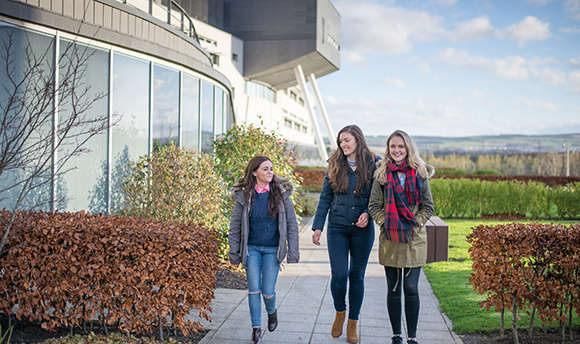It’s that time of year again, when we invite the glitz and glamour of Hollywood into our homes for the Academy Awards. The golden statuette, the Oscar, is the international symbol of success in the film industry. Awards season is the culmination of cyclical seasons spanning the year: Spring is when the weather is better and production goes up; Summer, when everything calms down a bit; Autumn, when loads of films are released and go public; and, then, Winter, when the Oscar buzz gets heightened as nominations are announced.
What we’ve noticed this year more than any other is the increasing diversity of nominations for the Oscars. This is perhaps due to the backlash the Academy Awards has faced in recent years with criticisms for being mainly dominated by White men, with hashtags such as #OscarsSoWhite and #OscarsSoMale raising awareness to these inequalities. This needs to be seen as part of a trend over the past decade through global film-related movements like #MeToo and the BLM movement. Although improvements have been made, there are still no women directors nominated, which has been widely denounced on social media.
However, although change is slow, it is happening. And this may be due to the increasingly representative voting membership of the Academy. There are more than 9,500 voting members in 17 branches, and, since 2022, 33% of the Academy's overall members identify as women and 19% are from under-represented ethnic/racial communities (via the LA Times). Thus, the Oscar nominations are becoming increasingly international and diverse, which is a positive development. It also acknowledges the understated fact that the film industry is much more than just Hollywood.
And we can see the global contributions to the film industry being acknowledged in the Oscars this year. For example, along with Hollywood movies, this year’s nominees and frontrunners for Best Picture have more diversity and also hail from around the world. Almost half are not Hollywood movies:
- Everything Everywhere All at Once (Daniel Kwan and Daniel Scheinert)
- The Banshees of Innisheerin (Martin McDonagh)
- Triangle of Sadness (Ruben Östlund)
- All Quiet on the Western Front (Edward Berger)
This all shows the internationalisation of the Oscars, which – in spite of all the criticism it has had levelled against it – remains the showcase for the success, glitz, and glamour of the global film industry. But it also shows that Hollywood is just a part of the film industry; it is not the sum total of it. At Queen Margaret University, the MSc Global Film Industries recognises this diversity and internationalisation by preparing students for a variety of roles in the global film industry, with firm roots in Scotland, in roles such as: Marketing & PR, Film Distribution, HR Management, Research & Development. These roles are for people that are passionate about film and keep the industry going – and without which film awards shows and film festivals would not exist. QMU’s MSc Global Film Industries gives students insight into the various film markets and movie audiences around the world, the networks along which the film industry functions and, in particular, the role Scotland can play on a global scale, with its proliferation of film festivals, studios, and increasingly strong co-productions. And, who knows, perhaps the Academy will be handing out an Oscar to one of our students one day soon too.
This piece was co-written by Dr Rebecca Finkel.







